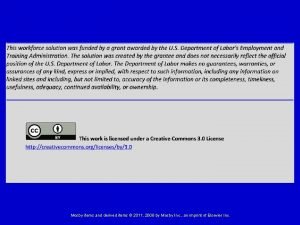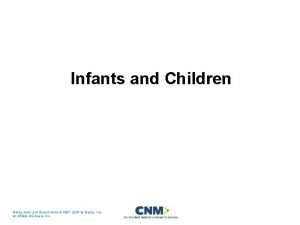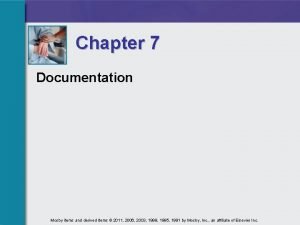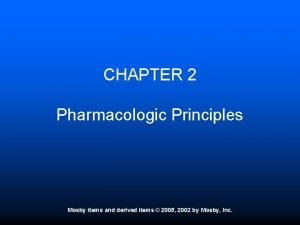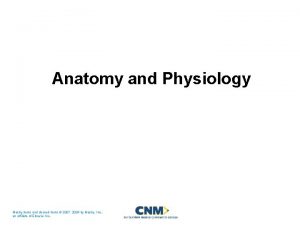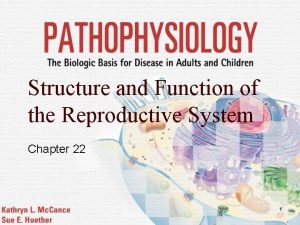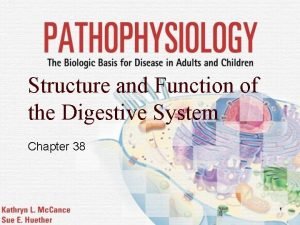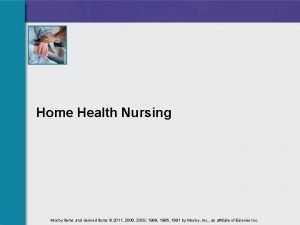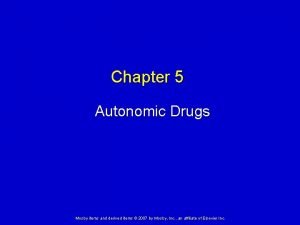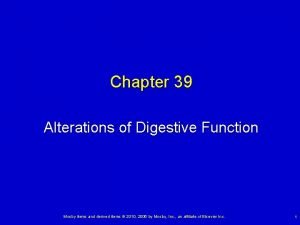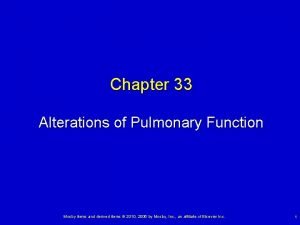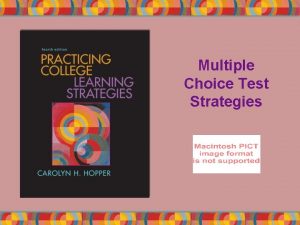Writing Selection Items Multiple Choice Reference Assessment of











- Slides: 11

Writing Selection Items Multiple Choice

Reference: Assessment of Student Achievement, 10 th edition By C. Keith Waugh and Norman E. Gronlund

Chapter 6 – Writing Selection Items (Multiple Choice) • Studying this chapter should enable you to: – Describe the characteristics of multiple-choice items – Describe the strengths and limitations of multiple-choice items – Distinguish between well-stated and poorly stated multiple-choice items

Chapter 6 – Writing Selection Items (Multiple Choice) • Studying this chapter should enable you to (continued): – Identify and correct faults in poorly stated multiple-choice items – Match multiple-choice items to intended learning outcomes – Construct multiple-choice items that are well stated, relevant to important learning outcomes, and free of defects

Nature of Multiple-Choice Items • Parts of an Item: – Stem - the question or incomplete sentence. – Alternatives - the choices – Distracters - the incorrect choices

Uses Of Multiple-Choice Items • Remember Items (DOK 1) – Measures the degree to which material is remembered • Understand Items (DOK 2) – Measures the degree to which material is remembered and understood • Application Items (DOK 3) – Measures the degree to which material is remembered, understood, and can be applied

Writing Multiple-Choice Items • General Rules – Nothing in the item should prevent an informed student from answering correctly – Nothing in the item should increase the probability that an uninformed student will answer correctly

Writing Multiple-Choice Items • Guidelines when writing items – Design each item to measure a learning outcome – Present a single clearly formulated problem in the stem – State the stem in simple, clear language – Put as much wording as possible in the stem – State the stem in positive form, wherever possible

Writing Multiple-Choice Items • Guidelines when writing items – Emphasize negative wording whenever it is used in the stem (e. g. , bold letters) – Make certain that the intended answer is correct and clearly best – Make all alternatives grammatically consistent with the stem and parallel in form – Avoid verbal clues that might enable students to select the correct answer or to eliminate an incorrect alternative

Writing Multiple-Choice Items • Guidelines when writing items – Make the distracters plausible and attractive to the uninformed – Vary the relative length of the correct answer to eliminate length as a clue – Avoid using the alternative “all of the above” and use “none of the above” with caution – Vary the position of the correct answer in a random manner

Writing Multiple-Choice Items • Guidelines when writing items – Control the difficulty of the item either by varying the problem in the stem or by changing the alternatives – Make certain each item is independent of the other items in the test – Use an efficient item format – Follow the normal rules of grammar – Break (or bend) any of these rules if necessary to improve item effectiveness
 Multiple binary choice items
Multiple binary choice items Mosby items and derived items
Mosby items and derived items Mosby items and derived items
Mosby items and derived items Mosby items and derived items
Mosby items and derived items Lliver
Lliver Mosby items and derived items
Mosby items and derived items Mosby items and derived items
Mosby items and derived items Mosby items and derived items
Mosby items and derived items Mosby items and derived items
Mosby items and derived items Autonomic drugs
Autonomic drugs Mosby items and derived items
Mosby items and derived items Mosby items and derived items
Mosby items and derived items

